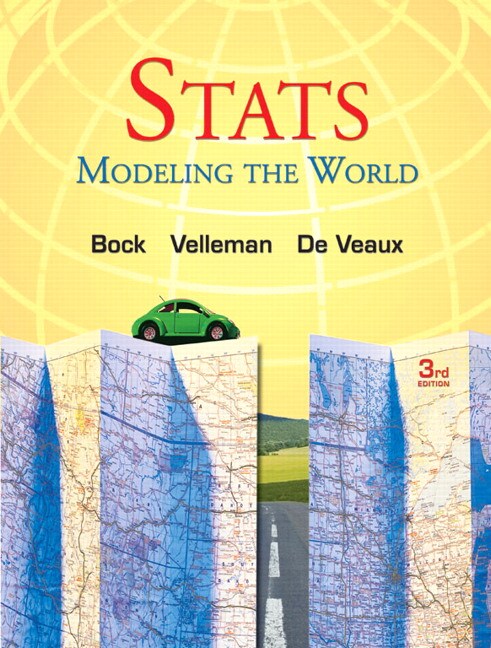

Lin Sunny SJ and Tsai Chin-Chung (2002).Media-technology-2015/(Accessed on February15, 2016)

Korda Holly, Itany Zena (2013) "Harnessing Social Media for Health Promotion and Behavior Change " Health Promotion Practice.International Journal of Nursing Studies 43, pp: 185-192. “Internet Addiction in Korean Adolescents and its Relation to Depression and Suicidal Ideation: A Questionnaire Survey”. Kim Kyung, Ryu Eujung, Chon Mi-Young, Yeun Eun-Ja, Choi So-Young, SeoJeong-Seok and Nam Bum-Woo (2006).‘”Use of Internet in Rural Areas of Zambia”. CHI Proceedings, Culture and Technology, pp: 1603- 1612.

“The Network in the Garden: An Empirical Analysis of Social Media in Rural Life”.
Gilbert Eric, Karahalios Karrie and Sandvig Christian (2008). Duggan Maeve and Brenner Joanna (2013) The Demographics of Social Media Users-2012,. Cao F and Su L (2007) “Internet Addiction among Chinese Adolescents: Prevalence and Psychological Features”. Brandtzaeg Petter Bae, Heim Jan (2009) “Why People Use Social Networking Sites”, Conference on Online Communities, LNCS 5621, pp: 143-152. In: 10th Americas Conference on Information Systems, New York. Journal of Computer- Mediated Communities. 
“Social Network Sites: Definition, History and Scholarship”. “Incidence and Correlates of Internet Usage Among Adolescents in North Cyprus”. "Patients and Health Professionals Use All Social Media in Health Care: Motives Barriers and Expectations".
Anthenuis Marjolijn L., Tates Kiek, Nieboer Theodoor E. No statistically significant relations were found between sex and internet usage, and between family’s education level and internet usage however, statistically significant relations were found between sex and purpose of internet usage Students’ access to the internet, duration of their internet and social media usage, their social media preferences were interpreted in terms of demographical features and the educational background of the family of the students. Data collected from students were analyzed with SPSS program. The schools were in villages, located 37– 87 kilometers far from Konya’s city center. Survey was applied to secondary school students whose ages differed from 10 to 15. Based on the argument that internet and social media usage could vary across people with different demographical features, this study was conducted to understand social media and internet usage of secondary school students from three different schools located in rural areas of the city of Konya. Various studies showed that with some geographical and demographical differences, it could be said that internet usage was increasing rapidly in almost everywhere in the world. Today, people in all age groups across the world increasingly use internet and social media for several purposes and this development opened the door for new research activities to scholars. Especially the innovative Web 2.0 technologies, which evolved in the beginning of millennium, made people possible to create and share their own contents. Rapid extension of internet access across the world made it possible for people to communicate each other without time and space limitations. With the developments in the field of technology, significant changes occurred in means of communication.








 0 kommentar(er)
0 kommentar(er)
